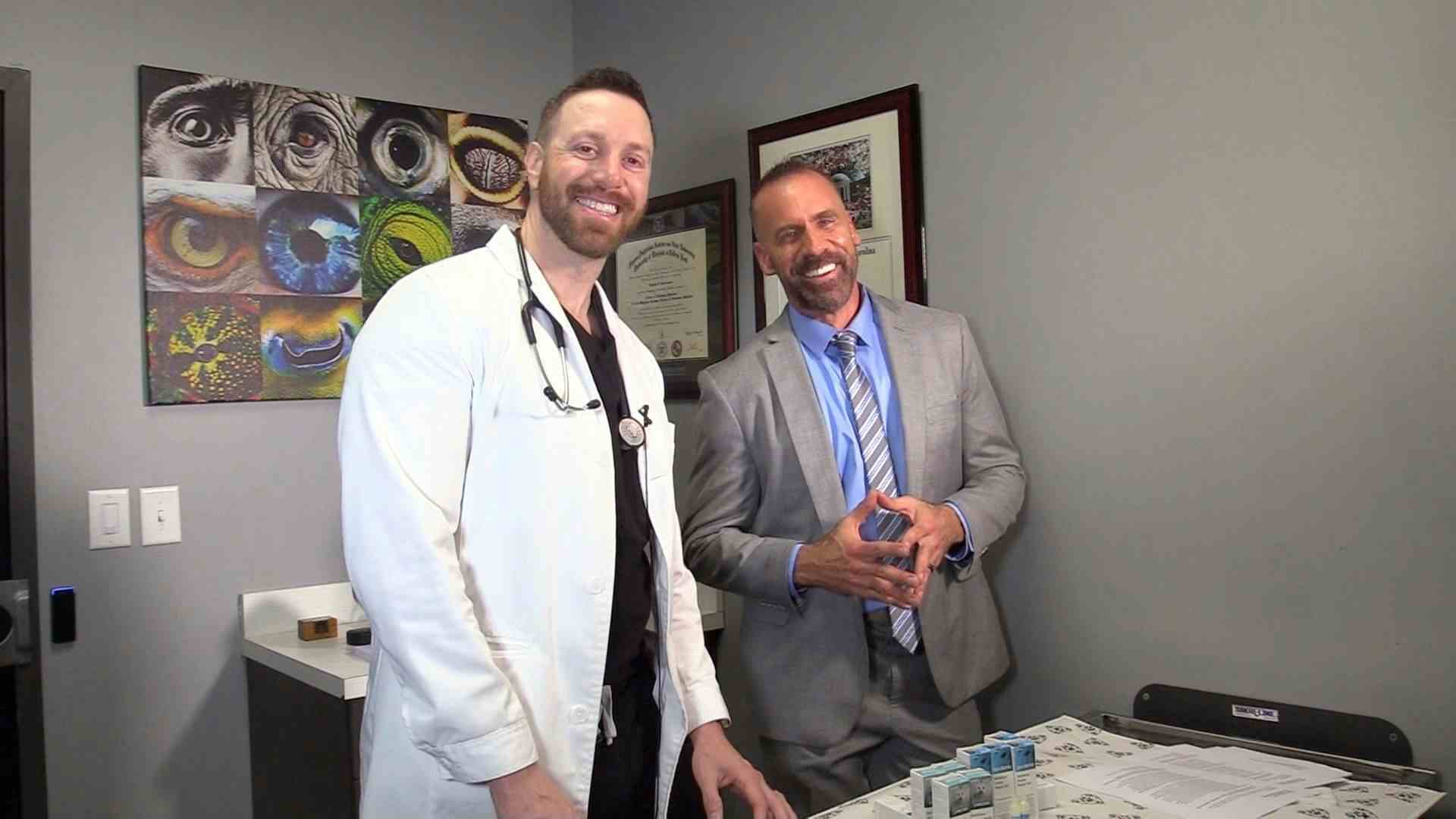Practice survival: The new face of veterinary practice ownership
Women have been steadily climbing the veterinary profession's ladder for years, and now they're taking on a new challenge-practice ownership.
The myths and stereotypes about female veterinarians are plentiful and include lots of speculation about whether they want to own practices and what kind of owners they'll be. But what do we really know about women who are buying veterinary practices? Who are they and what are their stories? How do they feel about being owners? Are they capable of driving the growth needed in veterinary medicine?

First, some general trends: The number of female owners in all areas of business is increasing. There are 8.3 million female-owned businesses in the United States, and the number of female business owners has grown 54 percent during the past 15 years, according to the 2012 American Express OPEN State of Women-Owned Businesses Report. The veterinary profession is starting to see these changes as well.
Recently Simmons and Associates, one of the largest veterinary practice brokerage firms in the United States, pulled together some interesting statistics on purchasing trends in veterinary medicine. A State of the Market report by the firm showed that in 2008—the first year of the recession—39 percent of veterinary practices were sold to women and 48 percent to men. And from 2006 to 2011, the majority of new buyers in Oregon, Washington, Idaho and Alaska were women—56 percent of practice sales. In 2010 and 2011, in Pennsylvania, New Jersey, Delaware, Maryland, Virginia and West Virginia, 30 percent of practice sales were to women, 50 percent to men and 20 percent to corporations. The data clearly show that women are buying practices even in these challenging times. And given that women represent more than 50 percent of the overall veterinary profession, it's likely this trend will continue.
Navigating a winding path
One veterinarian I recently had the pleasure of meeting is Kate Knutson, DVM, owner of Pet Crossing Animal Hospital and Dental Clinic in Bloomington, Minn. Knutson is passionate about veterinary medicine and loves her profession. She's an active member of the Minnesota Veterinary Medical Association, the American Veterinary Medical Association (AVMA) and the American Animal Hospital Association (AAHA), where she will be stepping into the role of president in 2013.
Although she's now a successful veterinary practice owner, Knutson is the first to admit that her career path wasn't necessarily clear-cut. She originally wanted to pursue advanced degrees from Johns Hopkins after graduating from veterinary school, but life didn't quite go the way she planned and challenges intervened.
In her second year at the University of Minnesota College of Veterinary Medicine, her father, who ran an engineering construction business in South Dakota, was disabled in an auto accident and sustained serious brain damage. Unable to work or return home, he was moved to a rehabilitation institute in Minneapolis, leaving it up to his daughter to run the business and attend to his personal affairs, which she willingly did in the hope of his eventual recovery. Looking back on those times, Knutson doesn't know how she did it. She was a veterinary student trying to run a full-time business in another state and be her father's caregiver.
Out of the starting blocks
By the time she graduated in 1996 and her father was allowed to move back to South Dakota, Knutson felt like she needed a break from school and running the business. She took a job in a medium-sized veterinary clinic only to learn that her education was just beginning: The world of practice had its own lessons to teach. "The practice was not a good fit for me," she says, although she didn't see it that way at the time. "I had many things that I thought were good ideas that I wanted to do. I was impatient and I was constantly pushing for changes. I'm sure I drove the practice owner crazy and I was fired."
But Knutson didn't give up and became a practice owner herself in 1997. Although she had a vision of the kind of practice she wanted, money was an issue. Fortunately, she knew a like-minded veterinarian, Steve Barghusen, DVM, DAVBP, JD, and they became partners in what would eventually become Pet Crossing Animal Hospital and Dental Clinic. The original practice was 880 square feet of neglected property. Knutson and Barghusen were able to buy it because the sellers, who also had a beautiful hospital in another section of town, allowed them to use "sweat equity" in exchange for the down payment on the practice. In addition, they financed new equipment on their personal credit cards and saved money by working all day and making improvements to the practice at night.
Reflecting on that time, Knutson says it was gratifying but not easy. Her original office was in the bathroom with a small drop-down desk. When someone needed to use the bathroom, she had to close up the desk and leave.
Practice takes patience
Knutson and Barghusen planned on building a hospital from the ground up some day, and that goal influenced everything they did from the get-go. If they needed new equipment, they bought the best they could in order to practice the way they wanted, even in their tiny hospital. But their vision went beyond equipment. They wanted the hospital to be a place where clients and pets felt welcomed and comfortable—one that would feel like a home away from home for their veterinary team.
By the end of their first year, thanks in part to Knutson's passion for dentistry, they were able to increase their dental services from two procedures a month to four a week. And as rewarding as that was professionally, she says the real surprise was how grateful clients were.
In 2002, Knutson and Barghusen broke ground on a beautiful new hospital. The building, which occupies 7,800 square feet today, is home to three veterinarians and 16 support staff and boasts a fully equipped dental suite and a warm, inviting reception area with a fireplace, upholstered furniture and rugs. But it's not just a new and improved building that makes their practice so successful. Dr. Knutson credits much of their success to lessons learned along the way.
Even in the early days when they had only two staff members, she and Barghusen agreed on the importance of implementing protocols for quality control, a lesson Knutson says she learned when she took over her father's business. She discovered that he relied on something he called his "Homer Book," which was essentially a checklist for how to do client proposals, organize the work and more. "Without the Homer Book, I don't know how I could have managed my father's affairs," she says. Later, she realized that they could use the same checklist principals in their veterinary hospital to ensure consistent quality.
Karyn Gavzer, MBA, CVPM, is a veterinary business consultant and nationally known writer and speaker. She says her job is to help practices "go and grow" with training, marketing and new ideas. She is a Certified Veterinary Practice Manager, an adjunct instructor for AAHA, and a founding member of VetPartners (formerly the Association of Veterinary Practice Management Consultants and Advisors).











